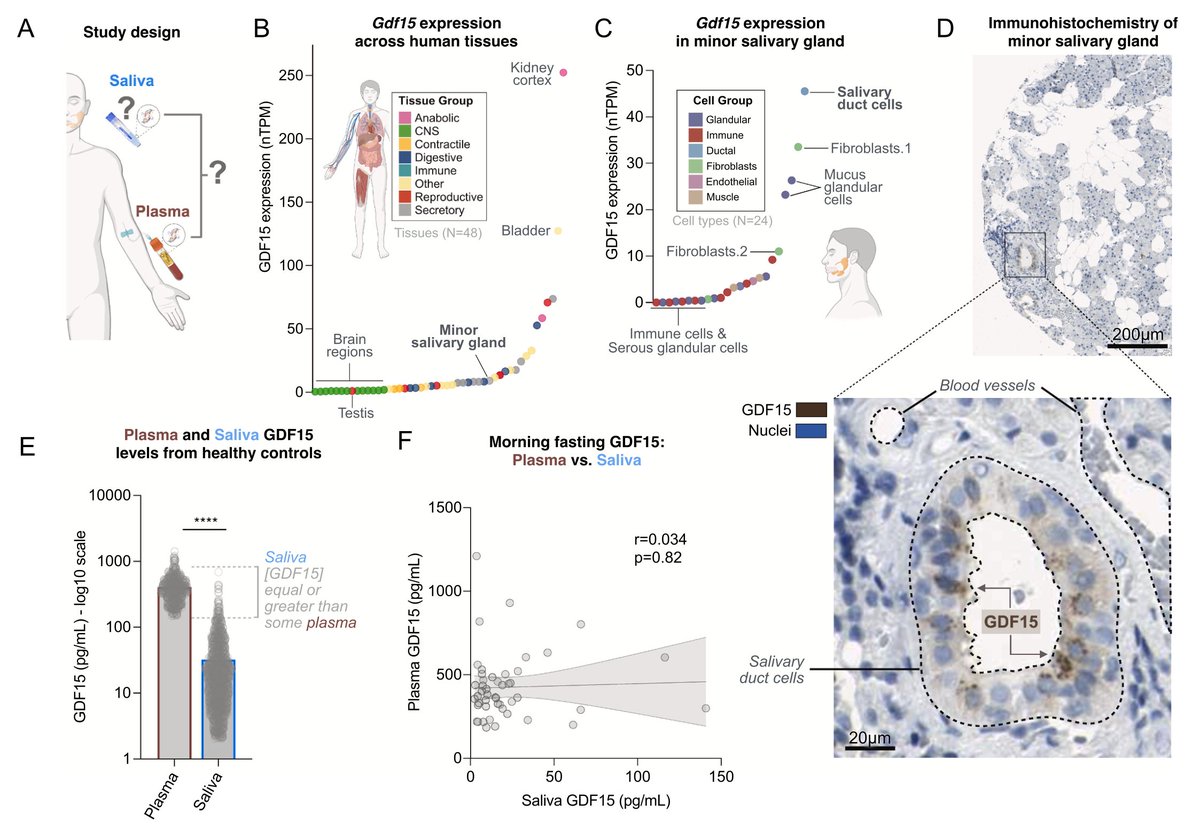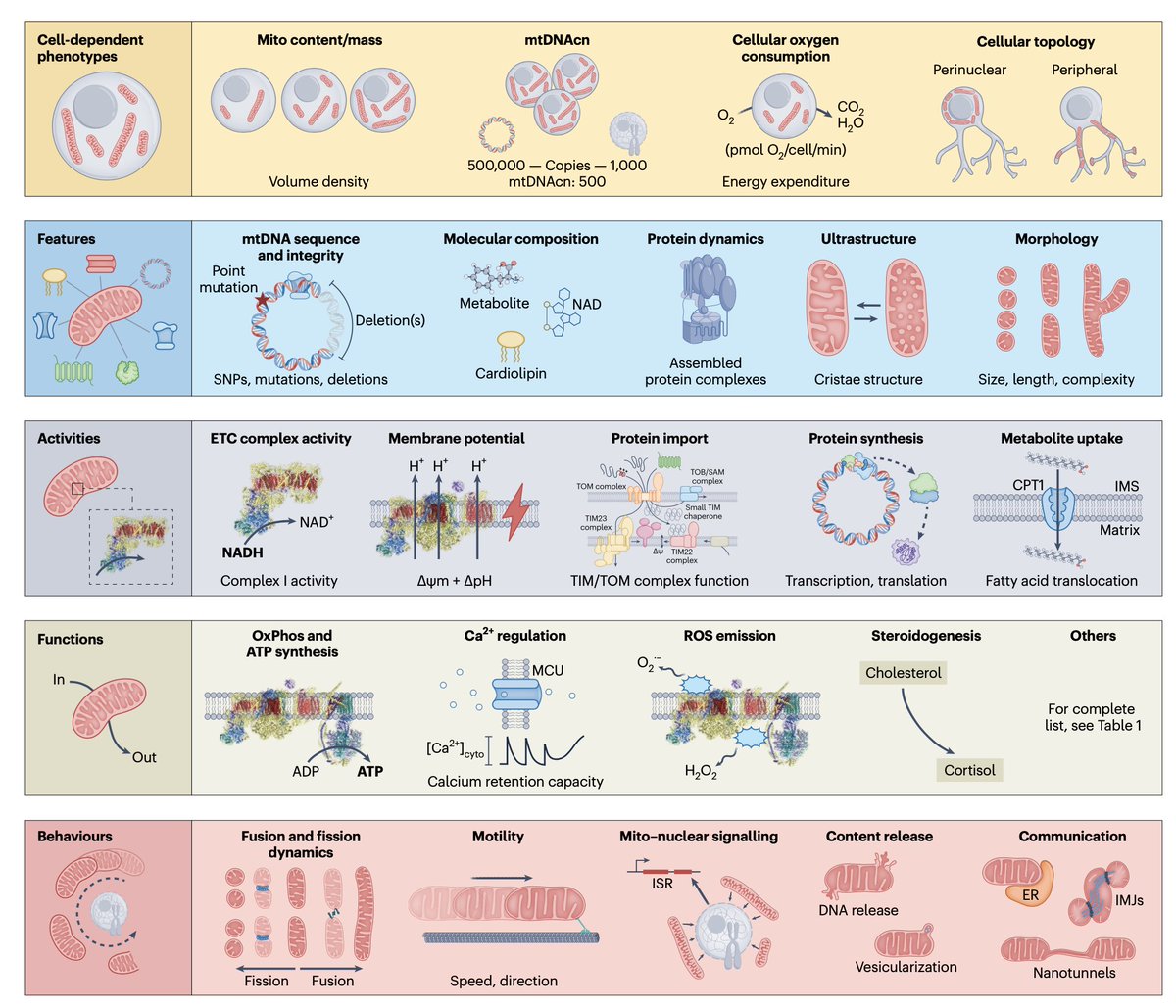
Mitochondrial Psychobiology. Bridging the science of energy and the human experience to create Healing Science. Upcoming book: ENERGY (2027).
3 subscribers
How to get URL link on X (Twitter) App


 GDF15 is an energetic stress marker generally measured in blood. The higher it is, the higher the risk of developing multiple chronic illnesses.
GDF15 is an energetic stress marker generally measured in blood. The higher it is, the higher the risk of developing multiple chronic illnesses. 
 The basic hypothesis is that there are systemic factors - genetics, behaviors, diet, etc - that likely drive some people to have more or less mitochondria across the whole body
The basic hypothesis is that there are systemic factors - genetics, behaviors, diet, etc - that likely drive some people to have more or less mitochondria across the whole body

 Every tissue expresses GDF15 at some level, whereas the receptor is only or mostly at appreciable levels in the brainstem
Every tissue expresses GDF15 at some level, whereas the receptor is only or mostly at appreciable levels in the brainstem

 Latest example of a hair completely depigmented (grey) returning to its youthful dark color after over a year
Latest example of a hair completely depigmented (grey) returning to its youthful dark color after over a year 

 In physical/mechanical systems, excessive resistance and dissipative loss drive information loss
In physical/mechanical systems, excessive resistance and dissipative loss drive information loss

 There are many more UPregulated than DOWNregulated proteins associated with loneliness
There are many more UPregulated than DOWNregulated proteins associated with loneliness

 Multiple mechanisms allow cells to share mitochondria
Multiple mechanisms allow cells to share mitochondria



 This hypermetabolism/energy constraint model contrasts with the central dogma model of ATP deficiency as the driver of disease.
This hypermetabolism/energy constraint model contrasts with the central dogma model of ATP deficiency as the driver of disease. 

 This matters because in humans, chronic stress results in "allostatic load", a dysregulated state associated with functional decline and increased mortality. @n_bobba_alves and @sturm_gav wanted to understand the cellular basis of this phenomenon with @Dr_Epel and colleagues
This matters because in humans, chronic stress results in "allostatic load", a dysregulated state associated with functional decline and increased mortality. @n_bobba_alves and @sturm_gav wanted to understand the cellular basis of this phenomenon with @Dr_Epel and colleagues

 First thing to recognize is that we tend to look at mitochondria (and most things) with a narrow perspective often blind to the whole, leading to correct but limited observations about parts of the system. We need more integrative perspectives.
First thing to recognize is that we tend to look at mitochondria (and most things) with a narrow perspective often blind to the whole, leading to correct but limited observations about parts of the system. We need more integrative perspectives. 

